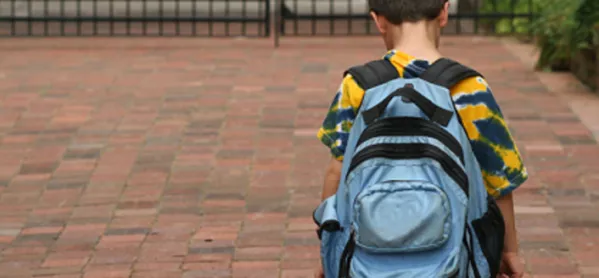School funding has become “much more targeted” towards poorer pupils, but this has not led to big reductions in the attainment gap between those from richer and poorer backgrounds, new research shows.
The Institute for Fiscal Studies examined how total spending on education in England for children and young people in different socioeconomic groups changed between 2003 and 2010.
Report co-author Luke Sibieta said that when funding for schools, 16-18 education and university funding was combined, “education spending shifted from being skewed towards richer pupils to being skewed towards poorer pupils instead”.
When the research looked at school funding alone, it found that funding was already skewed in favour of poorer pupils in 2003, but since then “school funding has become much more targeted towards poorer pupils”.
The report says: “In 2003, there was already a £3,500 funding advantage in total school funding in favour of pupils from poorer families (looking over 12 years of schooling).
“As a result of various reforms to the school funding system, this grew to £9,500 by 2010, with pupils in the poorest quintile experiencing about £57,700 of school funding in total.”
However, the report expresses disappointment that “these seemingly positive changes in the distribution of [total] education funding do not seem to have translated into big reductions in the attainment gap between richer and poorer pupils”.
Due to data limitations, the report does not consider funding for pupils who took their GCSEs after the summer of 2010.
This means that “the rapid increase in total funding experienced by poorer pupils occurred well before the introduction of the pupil premium in 2011”.
Closing the disadvantage gap
The report adds: “The gradual increase in the pupil premium over the period between 2011 and 2015 will have then added to this picture and further increased the targeting of funding towards poorer pupils.”
The report says that the changes it notes will have been “partly counterbalanced by reductions in welfare spending and children’s services” in more recent years, but adds: “Nevertheless, the empirical evidence suggests that focusing more education spending on poorer pupils should lead to substantial improvements in their life chances.”
Sir Kevan Collins, CEO of the Education Endowment Foundation, said children from disadvantaged backgrounds were still “much less likely” to leave school with the qualifications and skills they need to get on in life.
He added: “There is no denying that progress on closing the educational gaps between rich and poor is slower than many of us would like; but there has been progress, achieved against a challenging backdrop of public sector austerity and an arms race of education spending among better-off parents.
“The moral and educational case for giving additional support to underprivileged children remains as strong as ever.
“Additional funding has to continue to be targeted at those who need it most.”




